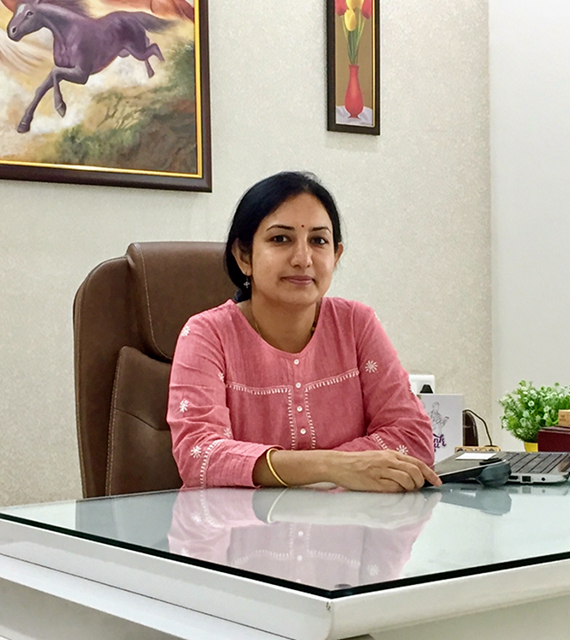Acne or acne vulgaris is the most common skin disease that affects almost more than 90% of the individuals at some point in their life. It affects males as well as females. Acne lesions appear more commonly over the face, neck, shoulder, back, and sometimes over the chest, buttocks, and thighs as well. Acne produces psychological morbidity in patients as they are disfiguring.
Each pore present on the surface of your skin is the opening to a follicle. The follicle has two parts, a hair, and a sebaceous gland. The sebaceous gland secretes sebum (oil), which goes up to the hair, out of the pore, and then onto the skin. It keeps your skin lubricated and soft.
Acne occurs when the hair follicle openings become clogged with dead skin cells (abnormal keratinization), oil (excess sebum production), and dirt. Following blockage, sebum gets collected and the anaerobic environment favors the growth of microbes like Propionibacterium acne. This is the initial starting lesion of acne and is called micro-comedones. Generally, the collected sebum gets into the dermis and skin mounts an inflammatory response against it and the microbe. So, now the comedo gets converted to raised red, inflamed bumps. This bump then gradually clears as the sebum and microbes are cleared from the skin. Often the bumps clear out completely but sometimes they leave red marks or dark patches or depressed and less commonly raised skin scars.
Red bumps are the most common skin lesions. Other than this one can usually notice pimples that are white or black in appearance. These blackheads and whiteheads are basically the comedones. Some comedones develop inflammatory changes and turn red, and these are more likely to cause skin scarring. Skin Care World provides with the best and effective Acne Lesions Treatment and provides with desired skin goals.

Acne patients have lesions of different morphologies:
Best way to get rid of open comedones is the comedone extraction. It is a very simple procedure in which the therapist would express out the contents of the comedones after removing the black plug, which is blocking the comedo opening. If comedones are excessive, then comedo removal might need more than one sitting. This procedure is well tolerated by the patient and does not require anesthesia. If comedones are excessive and tiny, then Salicylic Acid Peels can help in their reduction.
To prevent further comedo formation, the doctor may prescribe topical or oral retinoids depending upon the severity. Acne Scar Treatment in Gurgaon, at Skin Care World, can help to get rid from various types of acne scars effectively.
Best way to get rid of bigger closed comedones is the comedone extraction. The therapist would express out the contents of the comedones after making an opening with a needle on the comedo surface. Topical anesthesia may be given to reduce the pain. More than one sitting may be required in case of excessive comedones. Salicylic Acid Peels can be combined to enhance the results.
If the comedones are tiny and few, then they can be managed with topical retinoids combined with chemical peels.
Inflamed red bumps are treated with topical treatment, oral medications, chemical peels, and light therapy.
Mild acne can be treated with topical anti-acne drugs alone. These medications help by killing bacteria, controlling opening pores, reducing sebum production on the skin. This includes topical retinoids, benzoyl peroxide, topical antibiotic creams, and so on. Moderate to severe acne require oral medications like oral retinoids, antibiotics, and hormonal therapy.
Chemical peels can be combined with topical and oral therapy in order to fasten the response to the treatment.
Photodynamic therapy or light therapy is a special light (red and blue) to minimize oil production and kill bacteria.
Nodules and cysts require a course of antibiotics, intralesional steroid injections (ILS), oral retinoids, and additionally drainage in case of cysts.
Red marks and brownish patches fade very gradually. Their clearance can be fastened by means of topical depigmenting creams, chemical peels, hydrabrasion, micro-dermabrasion, and photofacial.
If you get acne scars, you will have to undergo skin-smoothing procedures to help lessen their appearance. This includes Resurfacing Lasers, Microneedling, Dermabrasion, Medium depth chemical peels, MNRF, and Acne scar surgery. Generally, multiple sessions are required to obtain desirable results.
Acne patient can take some general measures at home like

